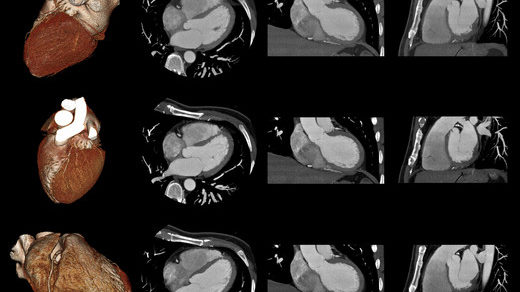The CMO of Torre Annunziata in Campania has developed a Supertac for coronary arteries: the software allows to avoid invasive analysis and obtain early diagnosis.
Good news for public health in Campania. The CMO of Torre Annunziata presented data on the experimental use of a new technology for the diagnosis of coronary heart disease. It is a real “supertac” able to provide an extremely accurate response without subjecting patients to invasive interventions. The novelty is due to a sophisticated software that combines the CT of the arteries of the heart with a mathematical processing of blood flow. In this way, the system is able to limit the use of invasive investigation methods (coronarography) and related therapies such as angioplasty. The aim is to avoid false positives to the investigations and the consequent inappropriate invasive treatments. A benefit for patients but also for public health. The supertac in fact reduces the costs of diagnosis and allows to significantly reduce waste. This new technology has so far been used as part of an experimental pilot project that, over a period of four months, has involved free patients who contact the CMO of Torre Annunziata, a facility accredited with the National Health Service and the Campania Region.
Campania: in Torre Annunziata the supertac for the diagnosis of coronary heart disease
The project leaders say that “coronary heart failure is the main diagnostic method for diseases affecting the arteries of the heart. The response makes it possible to determine whether or not to carry out a coronary artery scan and an examination of the (invasive) flow and a subsequent angioplasty to restore the coronary flow. The latter are invasive methods of investigation, but they have a high percentage of false positives and a high percentage of false negatives”. The supertac was developed precisely to overcome these problems and optimize the diagnostic procedure in Campania. “To obtain the response it is not necessary to perform a further scan; the use of pharmacological stress is not required and, above all, the patient is not required to return to the hospital to perform additional tests, as the analysis is done by processing the images according to a sophisticated algorithm when the patient already sent to his home at the end of the execution of the coronary CT scan. The diagnostic accuracy has been validated in three different multicenter studies, the last of which showed a sensitivity and specificity superior to the invasive technique, making this supertac the most accurate test when compared with traditional functional tests.
